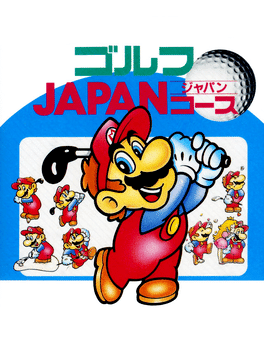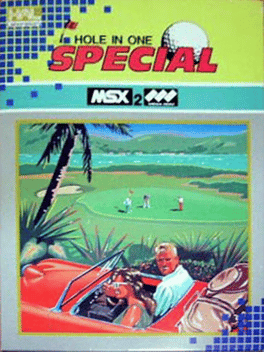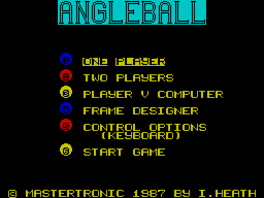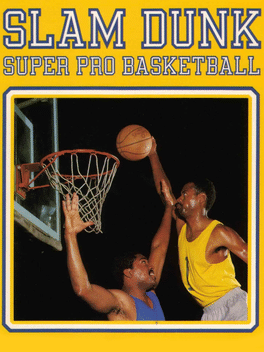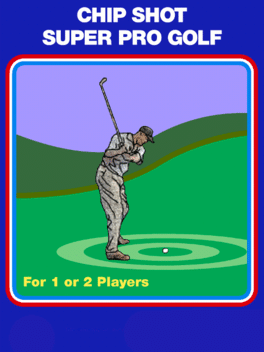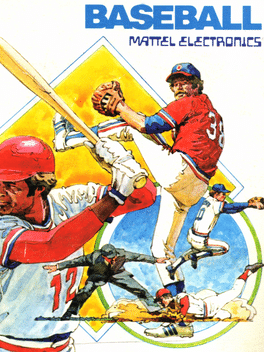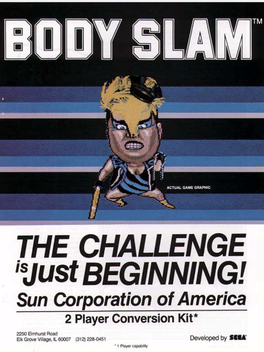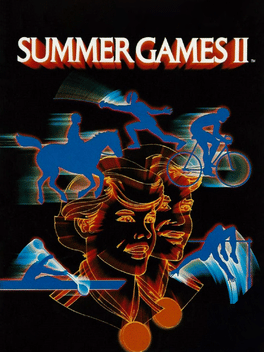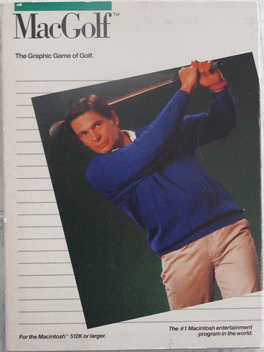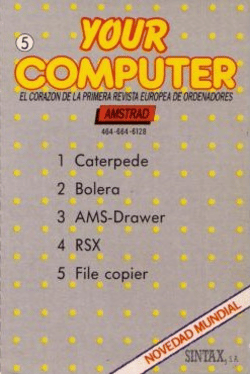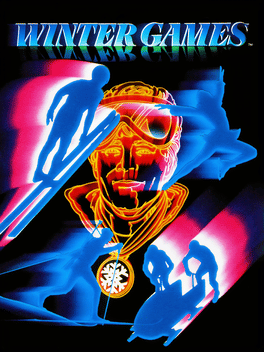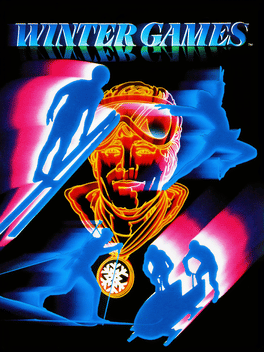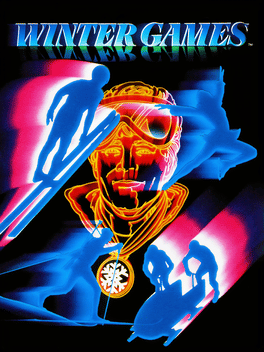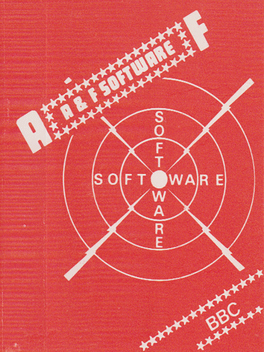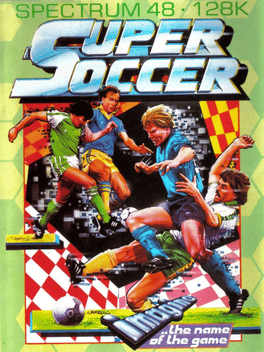New Sport Games - Page 235
-
Family Computer Golf: Japan Course
1987
Family Computer Golf: Japan Course is a Japan-exclusive golf game starring Mario and Luigi. It is similar in gameplay to the earlier Golf and the later NES Open Tournament Golf. The courses in the game are based on real-life courses in Japan. -
One-on-One Basketball
1987
You're out on a dream court for a hot game of One-on-One. You're the Bird. Or you're Dr. J. And that's the last decision you'll have much time to make. You can play against the computer of challenge a friend. Your capabilities -- and your opponent's -- will be just like those of All-Stars Larry Bird and Julius (Dr. J) Erving. The computer knows their shooting percentages (guarded and unguarded) and their pet shots. Your scoring ability will depend on your timing, how effectively you're being guarded, and where you're shooting from. Like the game of basketball itself, One-on-One rewards you for playing with your head as well as your hands. Master the joystick moves, sharpen your timing, hone your reflexes until you can handle the Pro level... and don't let the other guy out-think you. -
American Soccer
1987
-
Hole in One Special
1987
Hole in One Special
1987
Sequel to "Hole in One", and "Hole in One Professional". This one is for the MSX2 and makes good use of its graphics capabilities. -
Angleball
1987
Angleball
1987
Angleball is a variation on Pool, using a hexagonal table with 6 pockets and 6 sides. The ball can rebound off these at unusual angles, making the outcomes of shots harder to predict. The basic objective is to pot all the balls, while failing to pot a ball in 3 shots will lose you the frame unless your opponent also fails to do this. The game can be played by one or two players, with the one-player game consisting of a sequence of 20 different table layouts, each requiring its own style to win. Two-player games can take place on any of these layouts or one of your own design using the inbult table editor. Shot direction, speed and spin can be set on a general level. -
Slam Dunk: Super Pro Basketball
1987
At the time, this was the only sports game cartridge that let you own & manage your team. Selecting from a pool of 70 players, each with statistics taken from the actual NBA (and attributed with 'fake' names so as to avoid licensing issues), each player must manage salaries to stay under the salary cap. As player/owner, you run, pass, shoot, defend, and rebound. Keep an eye on your players - if they tire, they play more poorly. And keep an eye on the 24 second shot clock! -
Chip Shot: Super Pro Golf
1987
Chip Shot: Super Pro Golf is 1-2 player golfing game where you play 9 or 18 holes, choosing from 1 of 5 courses of varying difficulty. Play with a bag of 14 clubs. Shoot over trees, sand traps, and water hazards. The game features variable swing speed, hook, slice, wind, zoomed in putting terrain, and a course designer. -
World Championship Baseball
1987
You're the home team in blue, engaged in the most realistic home video baseball game around. You've got to hit the fast-breaking curve balls or smoking fastballs. But don't pop up, this game features fly balls as well a grounders. You can also steal bases and kick up a cloud of dust as you slide into the bag. Nine innings of action-packed fun, for one or two players. Play ball! During 1981, APh started work on Baseball II and Basketball II -- one-player versions of the original games. These were not high priorities since the original versions continued to sell well. In 1982, when the Keyboard Component was killed, Marketing wanted to produce a series of Super Sports cartridges for the Entertainment Computer System (ECS) to help push that system, so work was ordered halted on the non-ECS sports games. FUN FACT: INTV Corporation released the game as is, including the fatal bug and the debugging module. The game occasionally crashes, displaying the debugging screen. To explain this, INTV added the following noti -
Body Slam
1987
-
Football
1986
-
Summer Games II
1986
Summer Games II
1986
The DOS port of Summer Games II features only PC Speakers as audio, and CGA graphics. Another notable thing is that the game is bootable from disk. -
MacGolf
1986
-
Amstrad 10-Pin Bowls
1986
Amstrad 10-Pin Bowls
1986
A simple bowling simulator that was part of the included cassette tape from Your Computer Issue 5. -
Winter Games
1986
-
Winter Games
1986
-
Winter Games
1986
-
Winter Games
1986
-
Howzat
1986
-
Super Soccer
1986
Super Soccer
1986
Super Soccer is a soccer simulation developed for the Spectrum 48/128 by Imagine Software in 1986. It was also later released by Ocean Software as a free game with Crash Magazine. Control is either with joystick or keyboard. gameplay is either single player against computer teams, or up to 8 players in a turn-based multiplayer mode. Games last about 5 minutes, and a timer counts this down, but stops to wait for penalties, free kicks, half-time, etc. The player controls one team member at a time, and this player is shown by a halo above their head. If this player moves away from the ball too far or for too long, control is switched to the next nearest player on the football field. Players with highest score at the end win the match.
